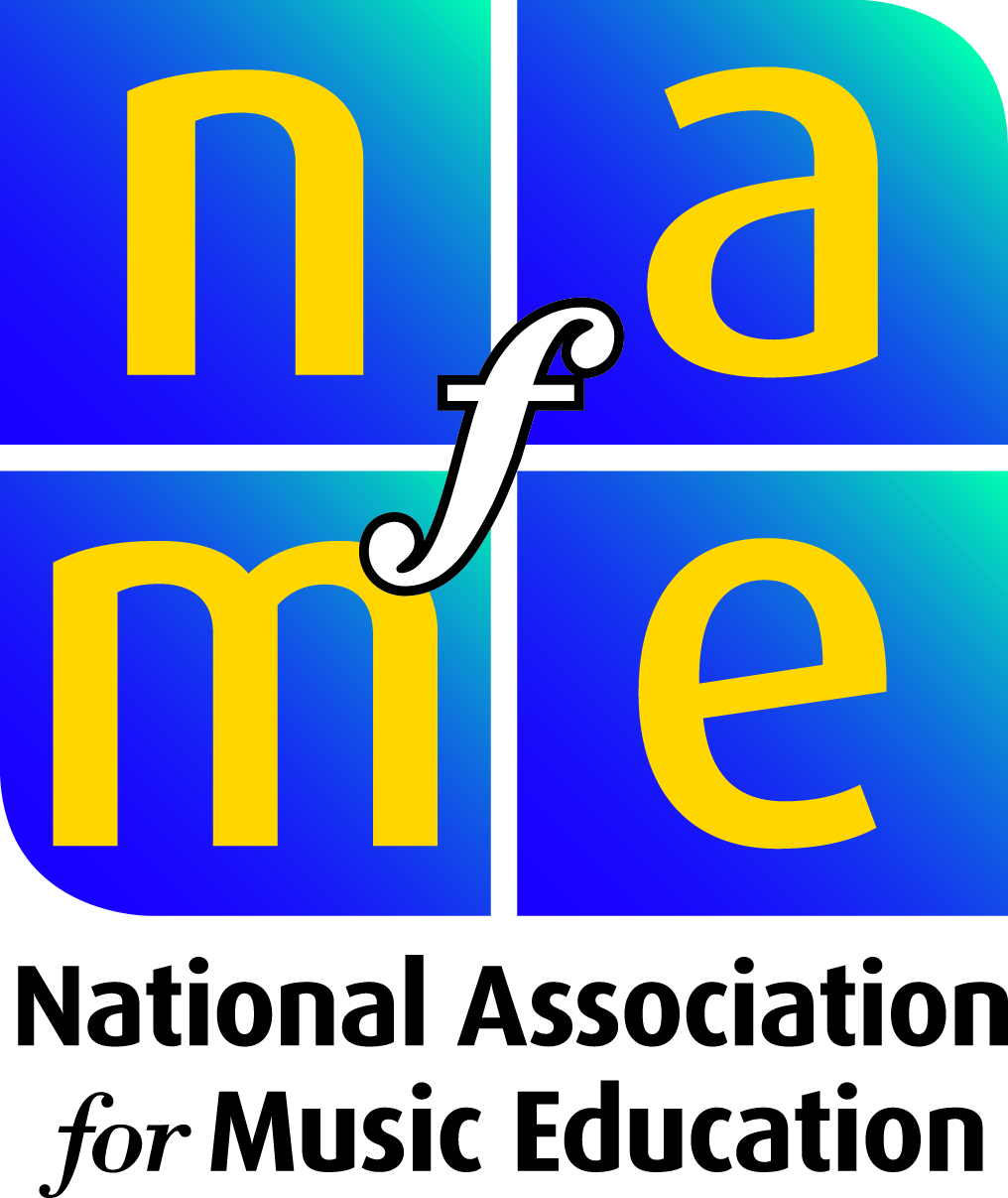If you live in the state of Texas, and you’re involved in music and education in the schools, then the two acronyms TX UIL and TX PML likely spill freely and frequently from your lips. And even if you’re not from Texas, but are involved in music education somewhere in this great country of ours, then you probably know what they mean, right? Just in case you don’t, though, here’s the information in a nutshell taken from the UIL home page: “The University Interscholastic League (UIL) exists to provide educational extracurricular academic, athletic, and music contests for schools in Texas.”
As it pertains to UIL music, of course, this includes marching band, concert band, full and string orchestra, both instrumental and vocal solo and ensemble, and choir. Solo and Ensemble music events in band, choir and orchestra are scheduled in 28 TX UIL Music Regions, and portions of the choral and instrumental sheet music to be performed must come from the Prescribed Music List (PML).
Hence, since the performance at least in part must come from the UIL music list that is not of your own making, the sheet music selection itself is a very important part of the process, because no individual soloist or music performance group wants to play sheet music that is either too easy or too difficult. Nor do they want to play from just any sheet music that is on the UIL music list. It needs to be sheet music that is specifically relevant to their group. Picking out what sheet music is to be played at a competition (or in essence, at a mini concert), is perhaps one of the most difficult parts of the TX UIL music process. That PML piece must be representative of the overall performance level of either that one person (in a solo), or the entire group of musicians involved. Because it’s all about the competition, right? Or is it?
Students want to earn that Division One Rating at the region competitions, so that they are eligible to advance to the TX UIL State Solo and Ensemble Contest that is traditionally hosted in Austin every year on Memorial Day Weekend. The annual trek is to Austin, because it was the University of Texas at Austin that created the TX UIL in first place in 1910. So consider that. What has grown into the largest inter-school organization of its kind in the world, has a more than one hundred year history, and the model from which it was created here in Texas is now emulated all over the country.
But is it really all for just the competition? Most certainly not. Yet in almost any music circle, you’ll find there is usually a constant debate about competition, its merits, and how it relates to music and the arts. There is a school of thought that since music and the arts are creative pursuits, why must competition or the participation in music contests be an integral part of it, particularly in the school classroom? It almost seems contradictory doesn’t it? Music | Creativity | Expression. What is competitive in that? How can you measure creativity? Expression?
Yet (again from the internet pages of the TX UIL), “the Music Program [specifically]…is designed to support and enrich the teaching of music as an integral component of the public school curriculum in the state of Texas.” Support…enrich…compete, too…and don’t forget to play or sing that choral octavo or instrumental sheet music as creatively and expressively as you can. Because luckily for us, UIL music and competition have and will continue to coexist beautifully together, because as anyone knows, the heart and soul of a school’s music organization is its concert ensemble, whether it be the top-level choral group, or the elite wind ensemble in the concert band program. It is by no coincidence at all that the best marching band programs are a direct reflection of the best concert bands; that the best a cappella choral groups are an extension of the premiere choir in the school; that the wind trios, brass quartets, and percussion ensembles that compete in the TX UIL music contests are usually formed from the top players of their respective programs.
So play on and compete. Seek and find the best band sheet music, choir sheet music, and instrumental sheet music which speak not only to you, but to your students as well. The time to do it is now. Christmas is right around the corner and the TX UIL music competitions will be here before you know it. Therefore, let the sheet music, competition and creativity collide, and trust Pender’s Music Co. to help you. The result will be worth it.
Helpful links:
Band PML | New Selections for 2011 | Texas UIL (slideshow)
New Texas UIL | PML Concert Band Additions for 2011-2012 (pdf)
Choral PML | New Selections for 2011 | Texas UIL (slideshow)
New Texas UIL | PML Choral Additions for 2011-2012 (pdf)
Orchestra PML | New Selections for 2011 | Texas UIL (slideshow)
New Texas UIL | PML Full & String Orchestra Additions for 2011-2012 (pdf)
Texas UIL | PML Vocal
Texas UIL | PML Instrumental
Texas UIL | PML String
 March is Music In Our Schools Month®.
March is Music In Our Schools Month®. 



